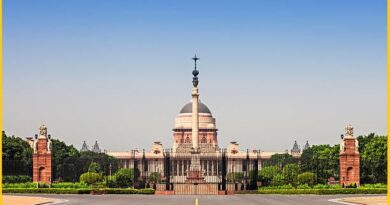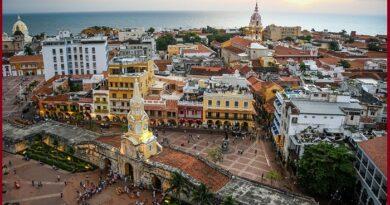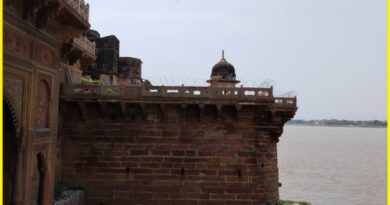Rajpath: Iconic Boulevard of India’s Capital
Rajpath Delhi
Rajpath is a significant boulevard in New Delhi, India, that holds historical, cultural, and political importance. Rajpath also known as Kartavya Path stretches from Rashtrapati Bhavan (the official residence of the President of India) in the west to India Gate in the east. It serves as the central avenue of the ceremonial and administrative heart of Delhi.
Originally known as King’s Way during British rule, Rajpath was designed by British architect Edwin Lutyens as part of the overall plan for New Delhi. It was envisioned as a grand ceremonial route connecting important government buildings. Rajpath Delhi is the focal point for several major national events and ceremonies, including the Republic Day Parade held annually on January 26th. During the parade, the entire stretch of Rajpath comes alive with colorful displays, cultural performances, and military marches.
Along the length of the Rajpath, visitors will encounter several iconic landmarks, including Rashtrapati Bhavan (Presidential Palace), India Gate (a war memorial), the National Stadium, and various government buildings such as the Parliament House and North and South Blocks. Rajpath serves as a public space where locals and tourists alike can take leisurely walks, enjoy picnics, and admire the architectural beauty of the surroundings. The wide expanse of lawns and gardens flanking Rajpath offers a serene retreat from the bustling city.
Rajpath Delhi symbolizes the unity, pride, and democratic values of India. It represents the country’s journey towards independence and its aspirations for progress and prosperity.
Also Read- Raj Ghat: A Pillar of Peace Amidst Delhi’s Bustle
Rajpath History
Rajpath holds a significant place in the history of Delhi. It was originally known as King’s Way and was conceptualized and developed during British colonial rule in India. It was designed by British architect Sir Edwin Lutyens as part of the broader plan for New Delhi, which would serve as the capital of British India.
Construction of Rajpath began in the early 20th century as part of the larger project to establish New Delhi as the capital city. The avenue was designed to be a grand ceremonial route linking the Viceroy’s House (now Rashtrapati Bhavan) to various government buildings, including the Secretariat (now North and South Blocks) and India Gate. Rajpath Delhi was officially inaugurated in 1931 when the foundation stone for the Viceroy’s House (now Rashtrapati Bhavan) was laid by Lord Irwin, the then Viceroy of India.

Following India’s independence in 1947, the Rajpath continued to serve as a central avenue for ceremonial and administrative purposes. The grand Republic Day Parade, showcasing India’s cultural diversity, military strength, and achievements, has been held annually on Rajpath since 1950. The Rajpath Delhi symbolizes the unity and aspirations of the Indian nation. It represents the democratic ideals and aspirations for progress and development. The ceremonial events held on the Rajpath, such as Republic Day celebrations, serve to commemorate India’s journey as a sovereign nation and highlight its cultural heritage and achievements.
How to Reach Rajpath Delhi
The Delhi Metro is one of the most convenient ways to reach Rajpath. The nearest metro station is Central Secretariat, which is served by the Yellow Line and Violet Line. From the Central Secretariat Metro Station, you can walk to Rajpath. It’s about a 10 to 15-minute walk. Delhi has an extensive bus network, and several bus routes pass through or near Rajpath. You can take a bus to nearby bus stops such as India Gate, Krishi Bhawan, or National Museum. From there, it’s a short walk to Rajpath.
Auto-rickshaws and taxis are readily available throughout Delhi. You can hire an auto-rickshaw or taxi to take you directly to Rajpath Delhi. Make sure to negotiate the fare before starting your journey, or use a ride-hailing app for convenience. If you’re driving to Rajpath, you can easily reach there via the city’s road network. Rajpath is located near important landmarks such as India Gate and Rashtrapati Bhavan. There are parking facilities available nearby, although it may be crowded during peak hours or special events.



